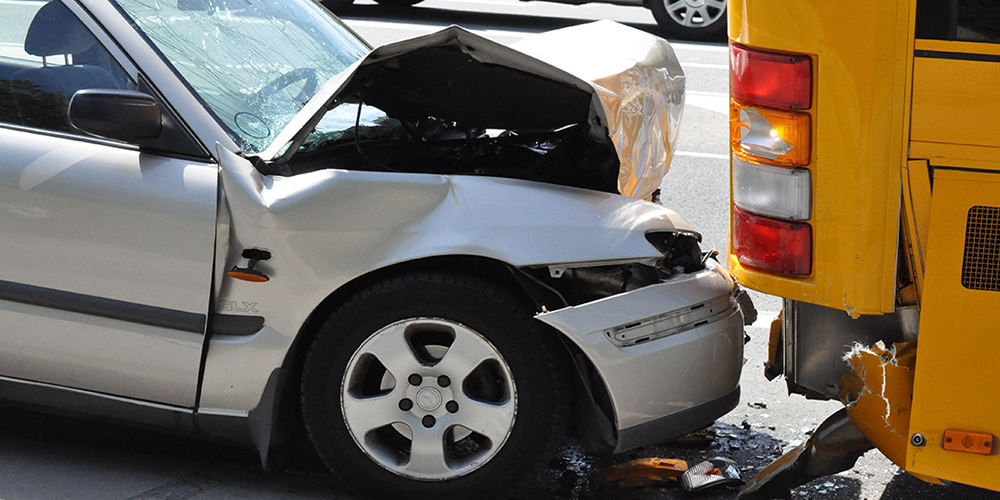Whether working at K-12 schools, colleges or hospitals, scenario-based training exercises are a useful way to improve campus safety and security. They bring a wide variety of stakeholders to the same table and really test a school or campus’ emergency plans.
That is why, Campus Safety is publishing again its very popular tabletop exercises. Guy Bliesner, an analyst for the Idaho Office of School Safety and Security (IOSSS), generously provided us with incidents that actually happened at Idaho schools in the last five years and how those particular schools responded.
Each scenario provides details of the event, along with the real outcome and findings from an after-action report. They are designed to be completed in 10-15 minutes as part of an administrative meeting.
Scenario #4
- Season: Late fall
- Day: Friday
- Time: 8:16 AM
- Weather: Overcast with intermittent light snow
- Temperature: 30 degrees
- School type: Elementary (K-5)
- Event: You are notified by a parent of a bus accident ½ block from your school. A minivan with four high school age students has rear-ended one of the buses bound for another school in your district. The accident appears severe. Looking out the window, you can see the accident and it is disrupting the traffic flow to and around your bus lane and parent loop. This is a three-part question:
- You are the principal of the school near the bus accident. What steps do you take?
- You are the principal at the school the students on the bus attend. What steps do you take?
- You are the transportation director in the school district. What steps do you take?
How the Schools Handled the Situation
Law enforcement, fire and EMS were all dispatched. The bus driver notified the transportation office and the transportation director was also dispatched to the site. The bus had 33 elementary students on board at the time of the accident and their school was notified. The principal of the school near the accident mobilized staff into the parking area to help the movement of traffic on his school site.
The transportation director arrived on-site and ordered a bus to the accident to move the students from the damaged bus. Fire and EMS were involved in caring for the injured students in the minivan. Several students on the involved bus were complaining of neck and back pain. A second EMS unit arrived and began assessing the students on the involved bus.
The school the students on the bus attended was sent a list of those on board and office staff began the process of notifying parents. The principal from the bus students’ school dispatched a counselor to the accident site. The counselor arrived and joined the students on the involved bus. The replacement bus arrived and the students were moved on to the new bus.
Since students on the bus were complaining of back and neck pain, the decision was made to move them to the local hospital ER for evaluation. The school began a second round of parent notification to inform parents of the move to the ER and the replacement bus was used to transport them.
The ER physician examined the students and all were cleared to return to the school. During this time, nine parents arrived at the ER and those students were released to them.
The total elapsed time from the accident until students were returned to the school was 3 hours and 12 minutes
After-Action Review Findings
[promo_content slug=”bliesner-csc-2021-promo”]
An after-action review (AAR) of a response should be always completed following an incident. See Part 1 for questions that IOSSS says should be used to review a response.
The AAR in this case determined the incident was generally well handled with the exception of communications; cell phones proved inadequate for the needs of a larger scale, highly dynamic situation.
As a result, communications processes were reviewed and a one-to-many radio system was developed and deployed.
Check Out Some of These Other Tabletop Exercises
- Tabletop Exercise 1: Student Hasn’t Returned Home from School. What Would You Do?
- Tabletop Exercise 2: Worsening Odor Leads to Student Asthma Attack
- Tabletop Exercise 3: Loud Voices, Smell of Alcohol Coming from Main Office
- Tabletop Exercise 5: School Loses Power as Temperature Drops
- Tabletop Exercise 6: Chemistry Teacher Drops Beaker Containing Mercury
- Tabletop Exercise 7: Armed Robber Barricaded in Home Adjacent to School
- Tabletop Exercise 8: Third-Grade Teacher Collapses During Class
- Tabletop Exercise 9: Anonymous Tip Says Student Plans to Bring Weapon to School
- Tabletop Exercise 10: Student Goes Into Anaphylactic Shock
- Tabletop Exercise 11: Student on School Roof Threatens Suicide







